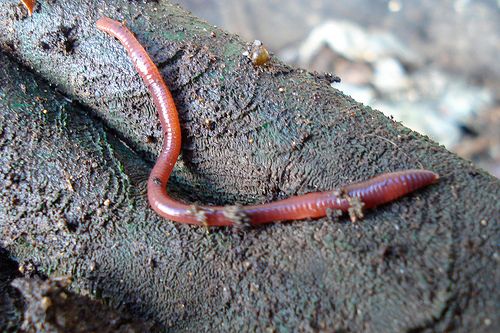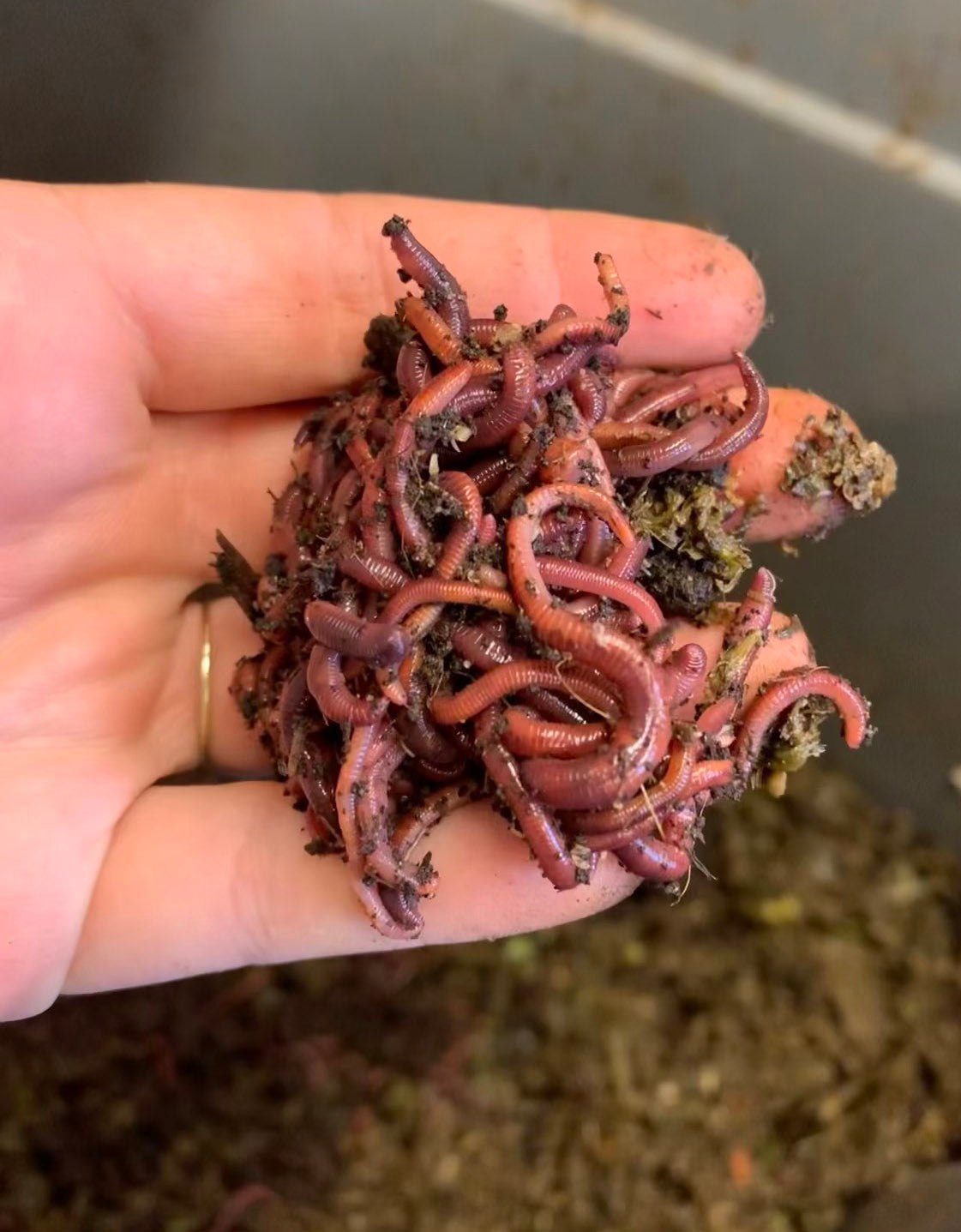Red Wigglers: The Unsung Heroes of Organic Waste Recycling
Red wigglers, or Eisenia fetida, act as critical agents in the natural waste reusing process, changing discarded materials right into useful vermicompost. Their efficient failure of raw material not only improves dirt quality however also adds to sustainable waste monitoring techniques. As the world progressively seeks services to combat waste accumulation and enhance farming efficiency, recognizing the duty of these worms comes to be crucial. What systems enable them to flourish in garden compost atmospheres, and just how can they be efficiently used in both household and industrial setups? Checking out these questions discloses the wider implications of vermicomposting in our eco-friendly landscape.
What Are Red Wigglers?
The amazing strength of red wigglers, scientifically called Eisenia fetida, emphasizes their critical duty in organic waste recycling. These small, reddish-brown earthworms are generally located in decomposing raw material, such as compost piles and manure lots. Lake Hickory Bait. Unlike other earthworm types, red wigglers thrive in nutrient-rich settings and are extremely effective at breaking down natural products, making them vital for vermicomposting

(Lake Hickory Bait)In enhancement to their function in waste reduction, red wigglers add to soil health and wellness by improving soil structure and oygenation via their delving activities (Lake Hickory Bait). Their visibility in composting systems not only improves disintegration prices but likewise promotes a lasting method to throw away management, highlighting their relevance in environmental preservation initiatives
Benefits of Composting With Worms
Composting with worms, especially red wigglers, supplies many advantages that improve both waste administration and dirt health. First, these worms successfully break down natural waste, transforming it into nutrient-rich vermicompost that enriches soil. This process increases decay, enabling a faster recycling of cooking area scraps and various other natural materials compared to traditional composting methods.
Furthermore, the vermicompost produced by red wigglers is including useful bacteria, which assist boost dirt framework, aeration, and wetness retention. This boosts the general health of plants, advertising strenuous growth and increased yields in gardens and agricultural settings. The use of worms in composting lessens the production of greenhouse gases, such as methane, adding to a more sustainable waste monitoring system.

Exactly How to Beginning Vermicomposting
Establishing a vermicomposting system is an uncomplicated procedure that can generate significant benefits for both waste monitoring and soil enrichment. To begin, select an ideal container, such as a plastic container or wooden box, with appropriate air flow holes to ensure proper air movement. The measurements need to preferably be around 2 feet by 3 feet, permitting ample area for the worms to prosper.
Following, prepare bed linen product, which can include shredded paper, cardboard, or coconut coir. This bedding must be go to this web-site moistened to develop an appropriate environment for the worms. Once the bed linen is in location, present red wigglers (Eisenia fetida) into the container, generally around one extra pound of worms for each square foot of surface.
Complying with the positioning of worms, include organic waste, such as fruit and vegetable scraps, coffee grounds, and crushed eggshells. With these actions, you will successfully launch a vermicomposting system that adds to sustainable waste administration and improves your soil.
Keeping a Healthy Worm Bin
(Red Wiggler Express)Keeping a worm bin flourishing requires routine attention and like guarantee the health and wellness of the red wigglers and the effectiveness of the composting procedure. Correct maintenance begins with checking the dampness levels; the bin must be damp however not soaked. A great regulation of thumb is to keep an uniformity similar to a wrung-out sponge.
Delicately blending the bed linens and food scraps every couple of weeks prevents compaction and makes sure that all worms have access to oxygen. Furthermore, it is crucial to feed the worms suitably.
Temperature regulation is an additional crucial element. Red wigglers prosper in a series of 55 to 77 degrees Fahrenheit. If the bin ends up being also hot or cool, the worms may end up being stressed out - Lake Hickory Bait. Periodically inspect for signs of health and wellness, such as worm population growth and the existence of healthy castings. By faithfully taking care of these factors, one can keep a durable and effective worm bin.
Impact on Lasting Living
The effective maintenance of a worm bin not only benefits the wellness of red wigglers yet additionally contributes dramatically to lasting living techniques. By reusing organic waste, such as kitchen area scraps and backyard debris, red wigglers help draw away significant quantities of material from land fills. This reduction in waste not just decreases greenhouse gas discharges however likewise reduces the ecological burden associated with waste management.
Additionally, the spreadings generated by red wigglers offer as a nutrient-rich natural plant food, boosting soil health and promoting plant development. This natural alternative to chemical plant foods sustains sustainable agriculture and gardening practices, minimizing reliance on artificial inputs that can damage communities. In addition, worm composting cultivates recognition of waste monitoring, motivating people and areas to adopt even more lasting practices.

Final Thought
In recap, red wigglers offer as vital contributors to natural waste recycling through their reliable decomposition of natural products. By incorporating vermicomposting right into waste monitoring strategies, individuals and neighborhoods can significantly reduce waste while advertising ecological sustainability.